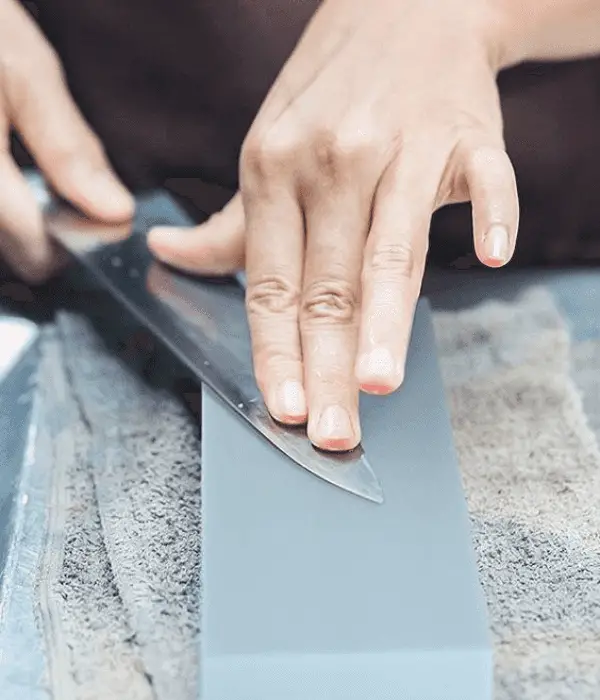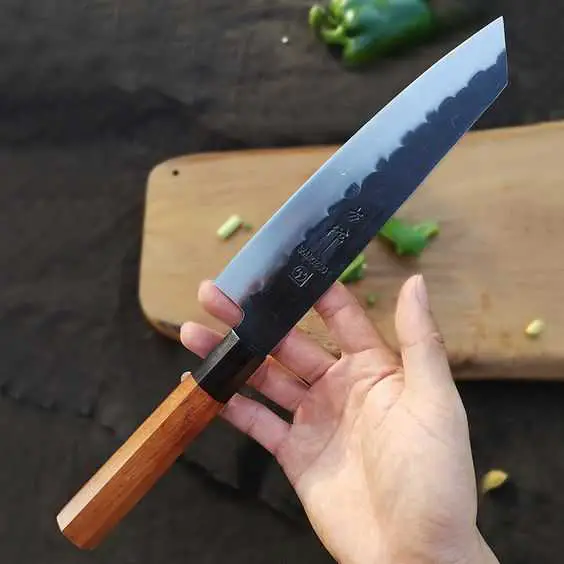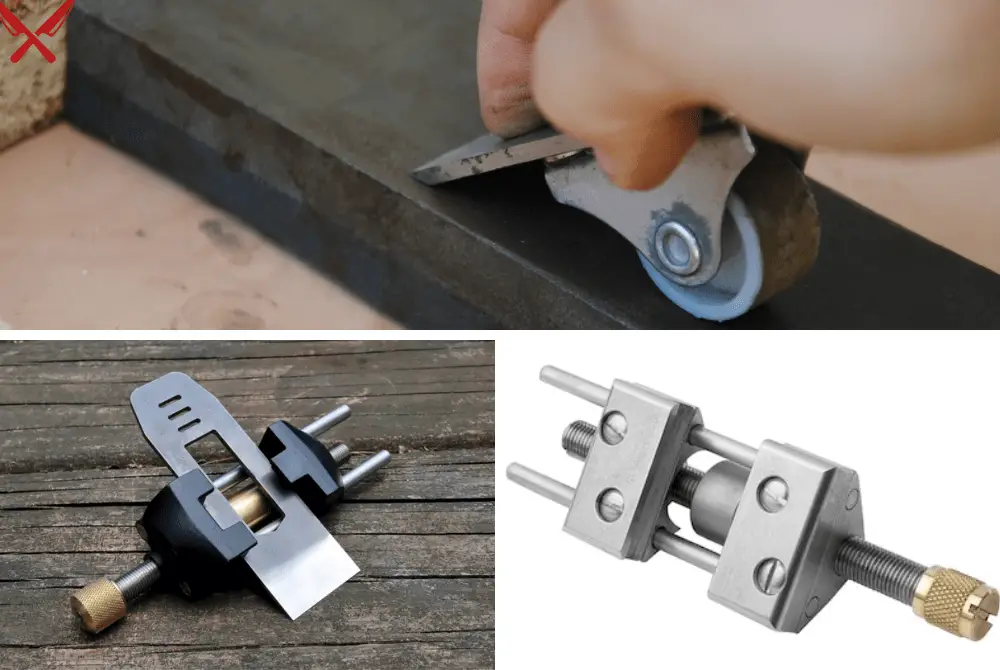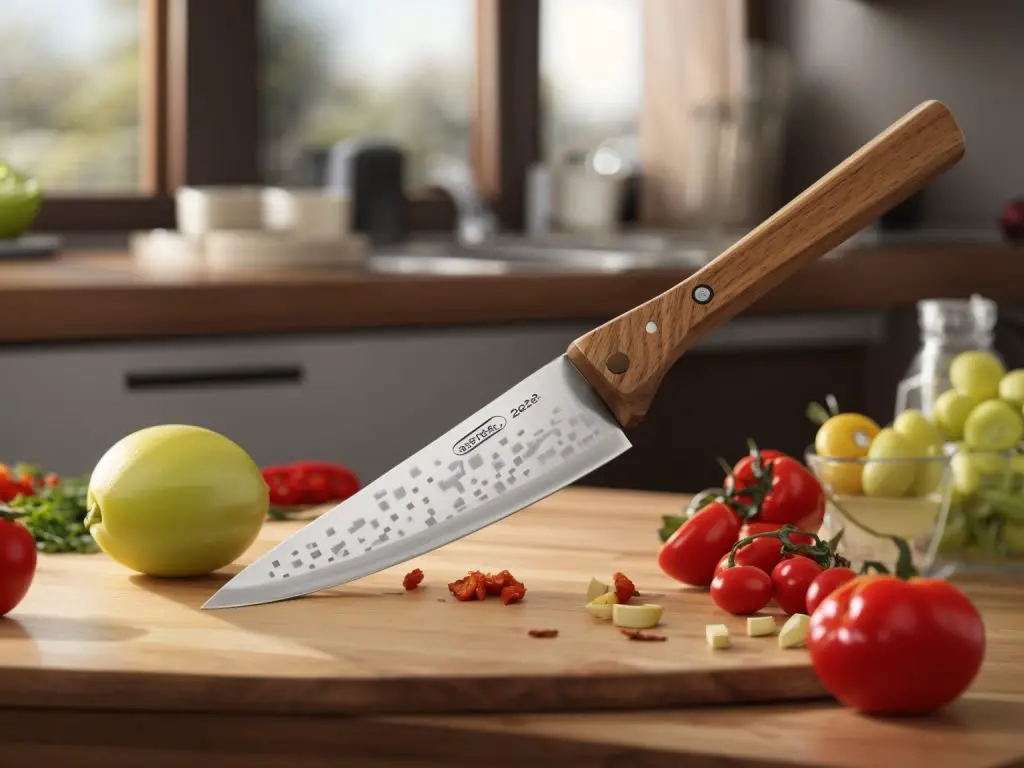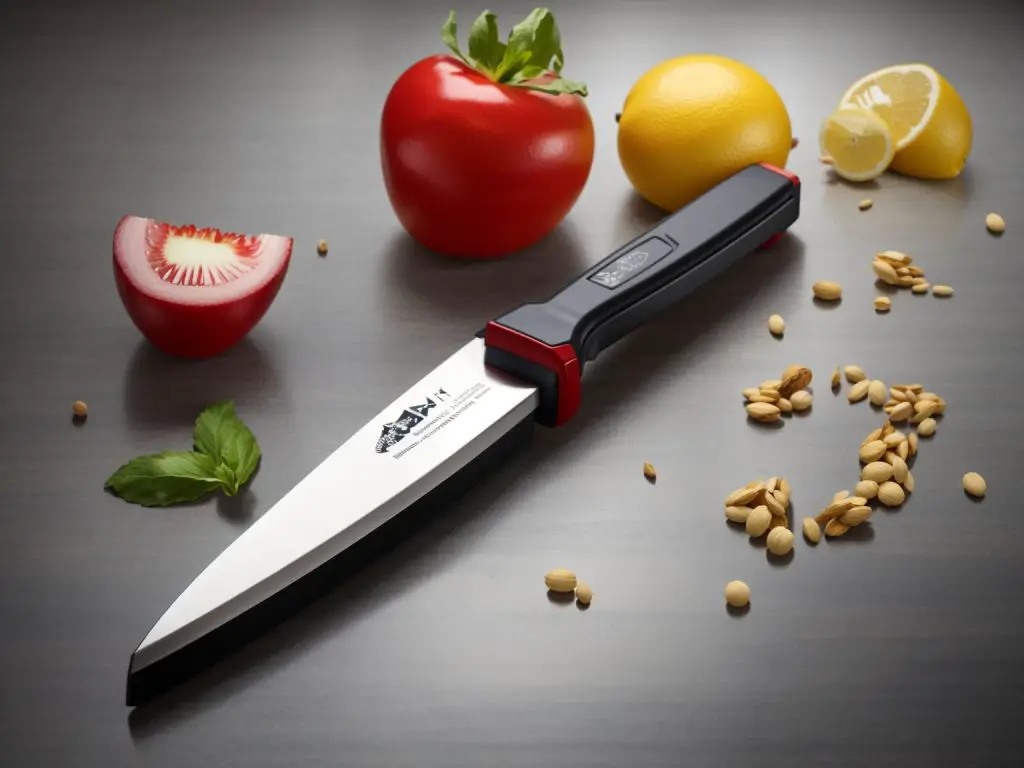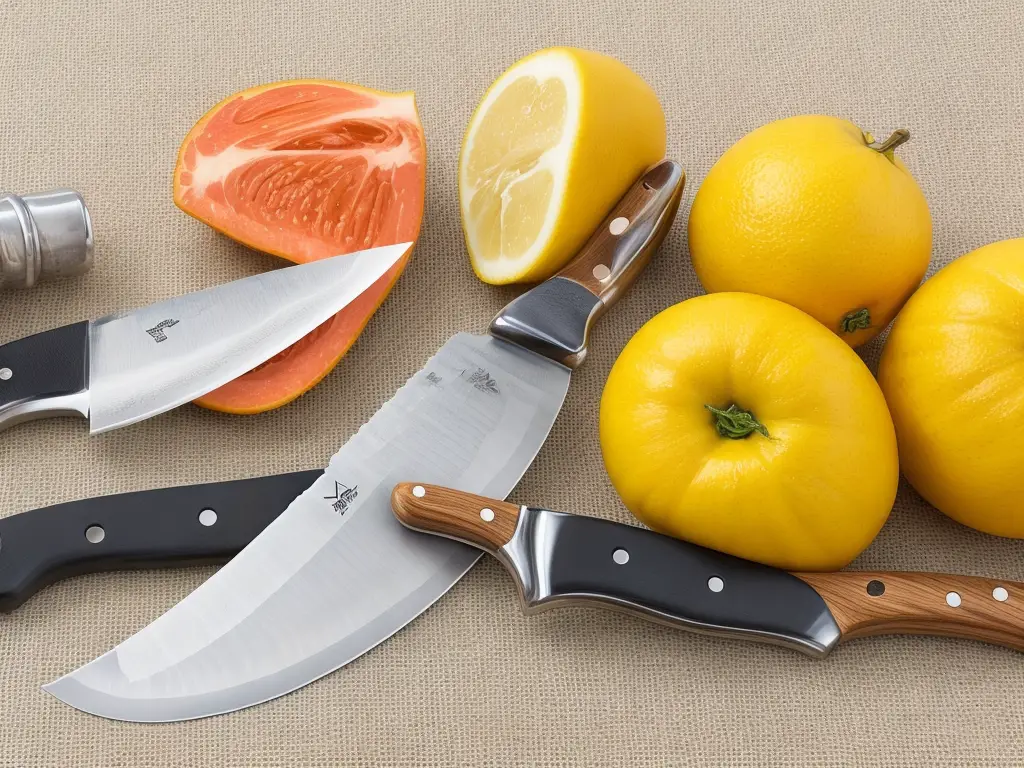
Introduction
When it comes to knives, their strength and balance play a crucial role in their performance and durability. One often overlooked but essential component that contributes to these aspects is the knife tang. In this comprehensive guide, we’ll delve into the world of knife tangs, exploring their types, impact on strength and balance, how to choose the right one, debunking common myths, and even maintaining knives with different tangs. So, let’s start by understanding what a knife tang is.
Definition of a knife tangs
The knife tang is the extension of the blade’s metal that travels into the handle. It serves as the backbone of the knife, providing support, strength, and stability. Essentially, it’s the hidden core that connects the blade to the handle, and its design can significantly influence the knife’s overall performance.
Importance of the Tang in Knife Construction
Before we dive into the various types of knife tangs, let’s highlight why the tang is so important in the construction of a knife.
A robust tang enhances the knife’s durability, preventing it from snapping under pressure or regular use. Additionally, the tang affects the balance of the knife, determining how it feels in your hand during different tasks. This balance also influences your cutting precision and comfort while using the knife.
Types of Knife Tangs
Knife tangs come in three main types: full tang, partial tang, and hidden tang. Let’s explore each type in detail.
A. Full Knife Tangs
1. Description and Characteristics A full tang extends the entire length and width of the handle. This design provides optimal strength as the blade metal runs through the handle, ensuring a solid connection.
2. Advantages and Disadvantages Full tang knives are known for their exceptional strength and balance. They can withstand heavy tasks and offer a sense of stability. However, they can be heavier due to the extended metal, and manufacturing can be more complex.
B. Partial Knife Tangs
1. Description and Characteristics A partial tang only extends partway into the handle, typically glued or secured within the handle material. This tang type is commonly found in budget-friendly or lighter knives.
2. Advantages and Disadvantages Partial tang knives are often lighter and more affordable. However, they might lack the same level of strength and stability as full tang knives. They’re better suited for lighter tasks.
C. Hidden Tang
1. Description and Characteristics A hidden tang is entirely encased within the handle material. It doesn’t extend all the way through the handle, making it less visible.
2. Advantages and Disadvantages Hidden tang knives have a sleek appearance and might offer better aesthetics. However, they can compromise on strength and might not be suitable for heavy-duty tasks.
Impact of Knife Tang on Strength
The type of tang directly influences the knife’s strength. Let’s examine how each tang type affects strength.
A. Full Tang’s Strength Advantages
A full tang contributes to a knife’s overall robustness. The continuous metal through the handle enhances its ability to handle pressure and stress without breaking.
B. Partial Tang’s Limitations on Strength
Partial tangs have a reduced metal-to-handle connection, making them less durable for heavy tasks. They are better suited for lighter cutting and slicing.
C. Hidden Tang’s Compromises on Strength
Hidden tangs sacrifice some strength due to the limited metal contact with the handle. While they can be functional, they might not excel in demanding cutting scenarios.
Influence of Knife Tang on Balance
The balance of a knife is heavily impacted by the type of tang it has.
A. Weight Distribution in Full Tang Knives
Full tang knives often provide better weight distribution due to the extended metal. This balance contributes to comfortable handling and precise cutting.
B. Balance Considerations for Partial Tang Knives
Partial tang knives might have uneven balance, as the metal doesn’t extend as far into the handle. This can affect their handling and cutting accuracy.
C. Balance Adjustments with Hidden Tang Knives
Hidden tang knives might require careful design to achieve the desired balance. The focus here is on aesthetics, but the balance can be compromised.
Choosing the Right Knife Tang for Your Needs
However, they might not be the best choice for heavy-duty tasks. Partial tang knives have their place in the kitchen.
Selecting the appropriate tang type depends on your specific needs and preferences.
A. Different Tasks Require Different Tangs
For heavy tasks, a full tang knife is ideal. Partial tangs work well for light duties, and hidden tangs are better suited for decorative or less demanding tasks.
B. Understanding the Balance You Prefer
Consider how the knife’s balance affects your comfort and cutting technique. This can guide your choice of tang type.
C. Balancing Budget and Quality
Full tang knives generally offer higher quality and durability, but they might be more expensive. Balancing your budget with your needs is essential.
Popular Myths Debunked
Let’s dispel some common misconceptions about knife tangs.
A. Myth #1: Full Knife Tangs Are Always Superior
While full tang knives are robust, other factors also influence a knife’s performance. A full tang doesn’t automatically guarantee superiority.
B. Myth #2: Hidden Knife Tangs Are Weak
Hidden tang knives can be functional and serve their purpose. However, they might not be the best choice for heavy-duty tasks.
C. Myth #3: Partial Tang Knives Are Only for Beginners
Partial tang knives have their place in the kitchen. They’re suitable for lighter tasks and can be a budget-friendly option.
Maintaining Knives with Various Tangs
Different tang types might require distinct maintenance approaches.
A. Cleaning Tips for Full Tang Knives
Full tang knives can be washed like any other knife. Ensure the handle’s junction with the blade is dry to prevent corrosion.
B. Maintenance Considerations for Partial Knife Tangs
Pay attention to the handle’s attachment to prevent loosening or breakage. Regularly check for any signs of wear.
C. Special Care for Hidden Tang Knives
Hidden tang knives should be handled gently. Avoid heavy use and ensure the handle is secure to maintain its aesthetics and functionality.
Conclusion
In the realm of knife construction, the tang serves as the unsung hero, determining a knife’s strength, balance, and performance. As you embark on your culinary or outdoor adventures, consider the tang type that best aligns with your needs and preferences. Remember, it’s not just the blade that matters – the backbone matters too.

